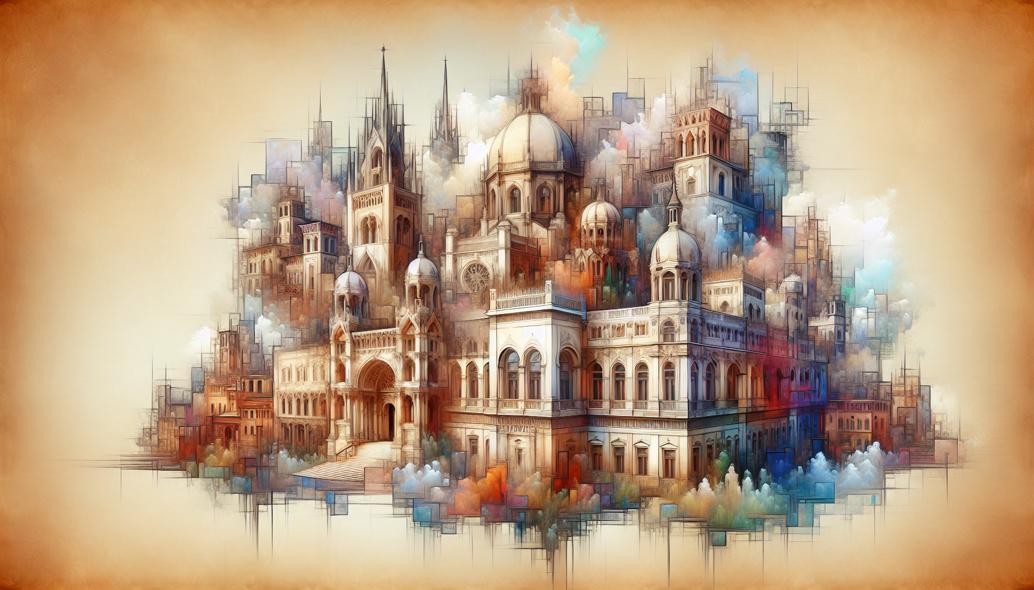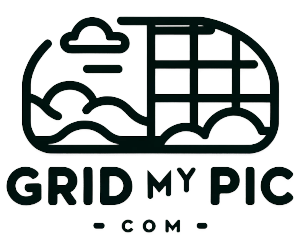How to Build Layers and Transparency in Watercolor
Unlock the secrets of watercolor mastery by learning to build layers and embrace transparency. Discover techniques that add depth and luminosity to your paintings in this expert guide. Dive into the world of watercolor artistry today!

Mastering the Art of Watercolor: Building Layers and Embracing Transparency
Watercolor painting, with its gentle washes and lush translucency, offers an incredible depth that few other mediums can match. Whether you're a seasoned artist or just embarking on your watercolor journey, understanding watercolor layering and mastering transparency in watercolor are integral to creating outstanding artworks. In this expert-level guide, we will explore how to enhance your paintings with these advanced techniques. This step-by-step watercolor tutorial will delve into the subtleties of building layers and utilizing transparency to elevate your watercolor compositions.
Why Layers and Transparency Matter in Watercolor
Understanding the Nature of Watercolors: Watercolors are inherently translucent, meaning they allow light to pass through and reflect off the white paper beneath. This quality distinguishes them from opaque media and invites us to explore depth and luminosity by building layers.
Creating Depth and Complexity: Through layering effects, you can achieve remarkable depth, dynamic contrasts, and intricate detailing. Each transparent layer interacts with the previous one, adding richness and dimension.
Enhancing Light and Mood: By mastering these techniques, you can capture a sense of light and atmosphere unlike any other medium. The interplay between transparent layers creates a luminescent effect that can mimic natural lighting conditions or evoke emotional resonance.
Materials You Need for Watercolor Layering
Before diving into advanced techniques, ensure your toolkit is well-equipped:
- Quality Watercolor Paints: Professional-grade paints offer the best transparency and pigment saturation.
- High-Quality Paper: Opt for 100% cotton paper with a weight of at least 300 gsm to handle multiple layers.
- Brushes: Invest in a range of brushes, from large wash brushes to fine detail brushes.
- Palette: A ceramic or plastic palette with deep wells helps in mixing washes.
- Water Containers and Tissues: For rinsing brushes and controlling the water content in your mixes.
- Masking Fluid and Tape: To preserve areas that require highlighting or precision.
Step-by-Step Watercolor Layering Tutorial
In the following sections, we’ll explore each step of the watercolor layering process, breaking down the techniques for clarity and effectiveness.
Step 1: Preparing Your Workspace
Start by securing your watercolor paper on a sturdy surface using masking tape. This prevents warping when the paper gets wet. Arrange your paints, brushes, water containers, and palette for easy access.
Step 2: Planning Your Composition
Before applying any paint, sketch your composition lightly with a pencil. Focus on the major shapes and lines. This blueprint will guide your layering process and ensure you maintain perspective and proportions.
Step 3: Initial Washes - Setting the Foundation
- Create a Light Underpainting: Using a diluted mixture of cool or warm colors, apply a uniform wash over the entire surface. This serves as the atmospheric base of your painting, setting the tone and mood.
- Build Large Shapes: With wet-on-wet technique, add large shapes and background elements. Allow colors to softly blend, capitalizing on the fluid nature of watercolor.

Step 4: Building Up Layers - Enhancing Depth and Texture
- Wait for Layers to Dry: Patience is key. Let each layer dry completely before adding the next. This prevents unwanted blends and maintains crispness.
- Step Into Midtones: Introduce midtones and enhance form by defining shapes and adding subtle shadows. Use a wet-on-dry approach for controlled application.
- Layering Effects for Texture: Through varied brushwork and techniques like dry brushing or stippling, add texture to your layers. Experiment with different strokes to convey surfaces such as foliage, water, or skin.
Step 5: Emphasizing Transparency with Glazing
Glazing Technique: This involves adding thin, transparent layers of paint over previous layers. Each glaze deepens the color, increases luminosity, and enhances transparency without obscuring the underlying elements.
- Choose Transparent Colors: Use pigments known for transparency like phthalo blue or quinacridone rose. Avoid opaque hues that can muddy the light effect.
- Thin Washes with Plenty of Water: Achieving the right consistency is crucial. Use more water than pigment to maintain transparency.
Step 6: Refining Highlights and Details
- Use a Lifting Technique: Dampen a brush or sponge and gently lift paint from areas needing highlights, such as sunlight reflections or dew.
- Add Final Details: Focus on intricate details like fine lines or sparkle effects. A fine-tipped brush and minimal water content will aid precision.
Advanced Watercolor Techniques to Explore
Negative Painting
Negative painting involves painting around an object to define its silhouette rather than painting the object itself. This approach is particularly effective for conveying light and form through contrast.
Layering with New Mediums
Experiment with adding mixed media, such as ink or gouache, to your watercolors. These can introduce additional textures and contrasts, offering new dimensions to your work.
Incorporating Salt or Alcohol for Unique Effects
Sprinkling salt onto wet washes can create intriguing textures as it absorbs moisture, while alcohol can push paint away to form organic patterns, enriching your composition.
Conclusion
Mastering watercolor layering and transparency in watercolor opens up a world of creative possibilities. These advanced techniques enable artists to manipulate light and create paintings that shimmer with depth and nuance. Through this step-by-step watercolor guide, you can build the skills needed to elevate your artistry. As you practice, remember to embrace experimentation and enjoy the fluid spontaneity that only watercolors can provide. Engage with these advanced watercolor techniques to infuse your work with unparalleled vibrancy and emotional resonance. Happy painting!
